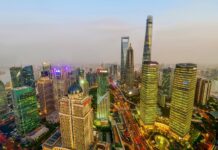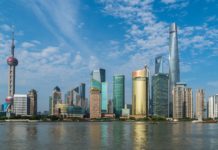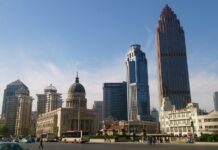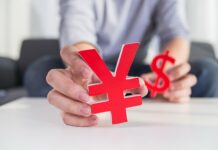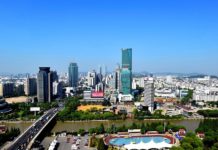What is Made in China 2025?
Made in China 2025 has been introduced in 2015 by Chinese premier Li Keqiang. It draws inspiration from Germany’s Industry 4.0 but is far broader. The goal is to transform the country into an innovative high-tech powerhouse by 2025, which is less dependent on western technologies. By 2020, 40
The policy has set non-binding targets in three phases:
- Phase I (2015-2025): China shall become one of the world’s strongest manufacturers
- Phase II (2025-2035): China shall raise to the intermediate level among the world’s manufacturers
- Phase III (2035-2049): China shall become the world’s leading manufacturer
The strategy:
Made in China 2025 shall be realized by applying “five principles” and “five tasks” to ten key sectors. The five principles are that each key sector must be innovative, put quality first, be environmental friendly, optimize its structure and develop talents. The five tasks for each sector are to set up national centers, strengthen the industrial base, enhance intelligent manufacture, promote green manufacture and use high-tech equipment.
These “five principles” and “five tasks” shall improve 10 key sectors, where China then shall be leading:
- Robotics
- New generation information technology
- Aviation and aerospace equipment
- Maritime equipment and hi-tech ships
- Railway transport
- New energy and energy-saving vehicles
- Energy equipment
- Agricultural equipment
- New materials
- Biopharma and hi-tech medical devices
Why are western countries concerned about it?
The fear of the west: If Made in China 2025 is realized,
This fear might be based on a basic misunderstanding of China’s current situation though: China’s economy is currently being transformed by new digital technologies. These technologies aren’t cutting edge technologies, but rather business models made possible by the internet or smartphones. Currently, China is not on the same technological level as the west, the development of these technologies also hasn’t been driven by the state, they were invented by privately-owned companies like Alibaba or Tencent.
Made in China and Switzerland
The Swiss government pledged to support Made in
One Swiss company that sees business opportunities from Made in
Further reading:
- A complete overview over Made in China 2025 / South China Morning Post
- What are Made in China 2025’s implications on foreign businesses? / China Briefing

